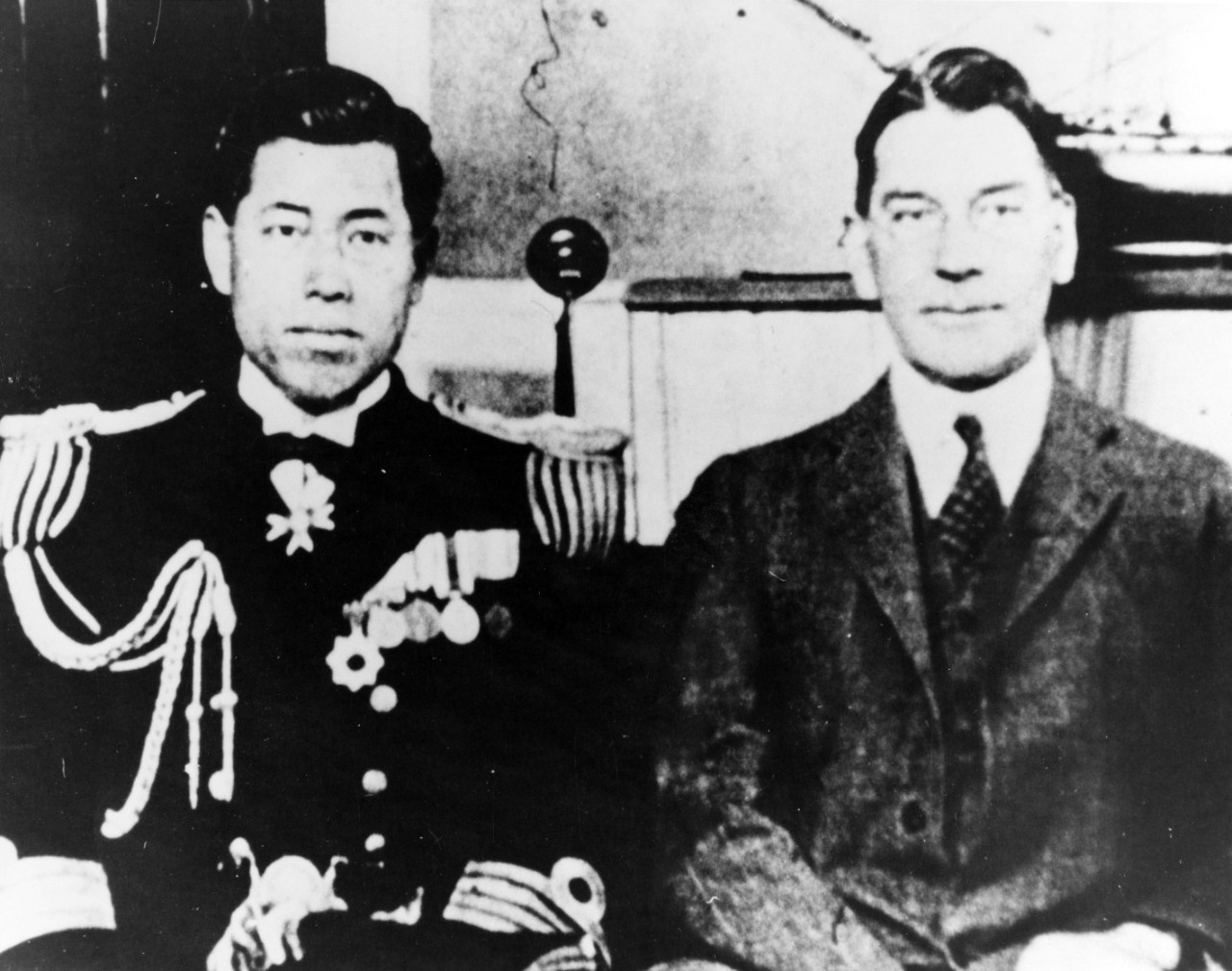The Hidden Letters of a Controversial Figure
For the first time, two letters written by Japanese Admiral Isoroku Yamamoto have been made public. These letters, once kept private, are now on display at the Fukushima Museum in Japan to commemorate the 80th anniversary of V-J Day. The documents were donated by the naval officer’s descendants and offer a rare glimpse into the mind of a man who played a pivotal role in one of the most significant events of World War II—the attack on Pearl Harbor on December 7, 1941.
Yamamoto, often seen as a villain for his involvement in the attack, has undergone a reevaluation in recent years. Postwar investigations have painted a more complex picture of the admiral, revealing that he was not solely driven by aggression or nationalism. Instead, he found himself caught between a sense of duty and the harsh realities of war.
Ian Toll, in his trilogy on the Pacific War, describes Yamamoto’s situation as “a peculiar tragedy of Japan’s ultranationalist psychodrama.” He notes that the men best equipped to deal with the West were often pushed to the margins of power. Toshikazu Kase, a chief secretary to the foreign minister during the war, echoed this sentiment, stating, “Events sometimes overwhelm you, surge around you, and carry you along. You can’t always move them. One man’s will is not enough to do anything. War has a life of its own.”
Yamamoto was among those officers left adrift in the growing tides of war. While he was not entirely removed from power, he struggled with the conflict between his patriotic obligations and the grim reality of the battles unfolding around him.
On October 14, 1940, Yamamoto wrote to Kumao Harada, secretary to Prince Saionji: “To fight the United States is like fighting the whole world. But it has been decided. So I will fight the best I can. Doubtless I shall die on board Nagato. Meanwhile Tokyo will be burnt to the ground three times.”
These letters, now on display at the Fukushima Museum, were sent to the naval officer’s wife’s parents in Aizuwakamatsu City, Fukushima Prefecture. Museum officials highlight that the content of the letters reveals Yamamoto’s calm assessment of the early stages of the war.
One of the letters, dated January 13, 1942, was written while aboard his flagship Nagato. At that time, the Yamato would later become his flagship. In this letter, Yamamoto spoke of a mission of heavy responsibility, noting that while they achieved a minor victory, it was due to the United States’ inattention and negligence. He warned that a full-scale battle would come later.
The other letter, dated April 1942, was written while Yamamoto was aboard the Yamato. In this letter, he expressed a desire to visit the graves of his ancestors after the war. This personal reflection adds a human dimension to the admiral’s otherwise formidable reputation.
Yamamoto was killed just one year later, on April 19, 1943, over the skies above Bougainville in the Solomon Islands. His death was met with intense hatred from the American forces, who saw him as the mastermind behind the Pearl Harbor attack.
One of the American pilots involved in the mission to kill Yamamoto, Major John W. Mitchell, reportedly asked upon receiving the order, “Who’s Yamamoto?” Captain Thomas Lanphier Jr. simply replied, “Pearl Harbor.”
The Navy planners made their intentions clear to Rear Admiral Marc A. Mitscher and Lanphier: “We’re going to get this bird,” they said. “We mean for you to nail him if you have to ram him in the air.”
These letters provide a deeper understanding of Yamamoto’s mindset and the internal conflicts he faced during one of the most turbulent periods in history. They also serve as a reminder of the complexities of war and the individuals caught in its wake.






